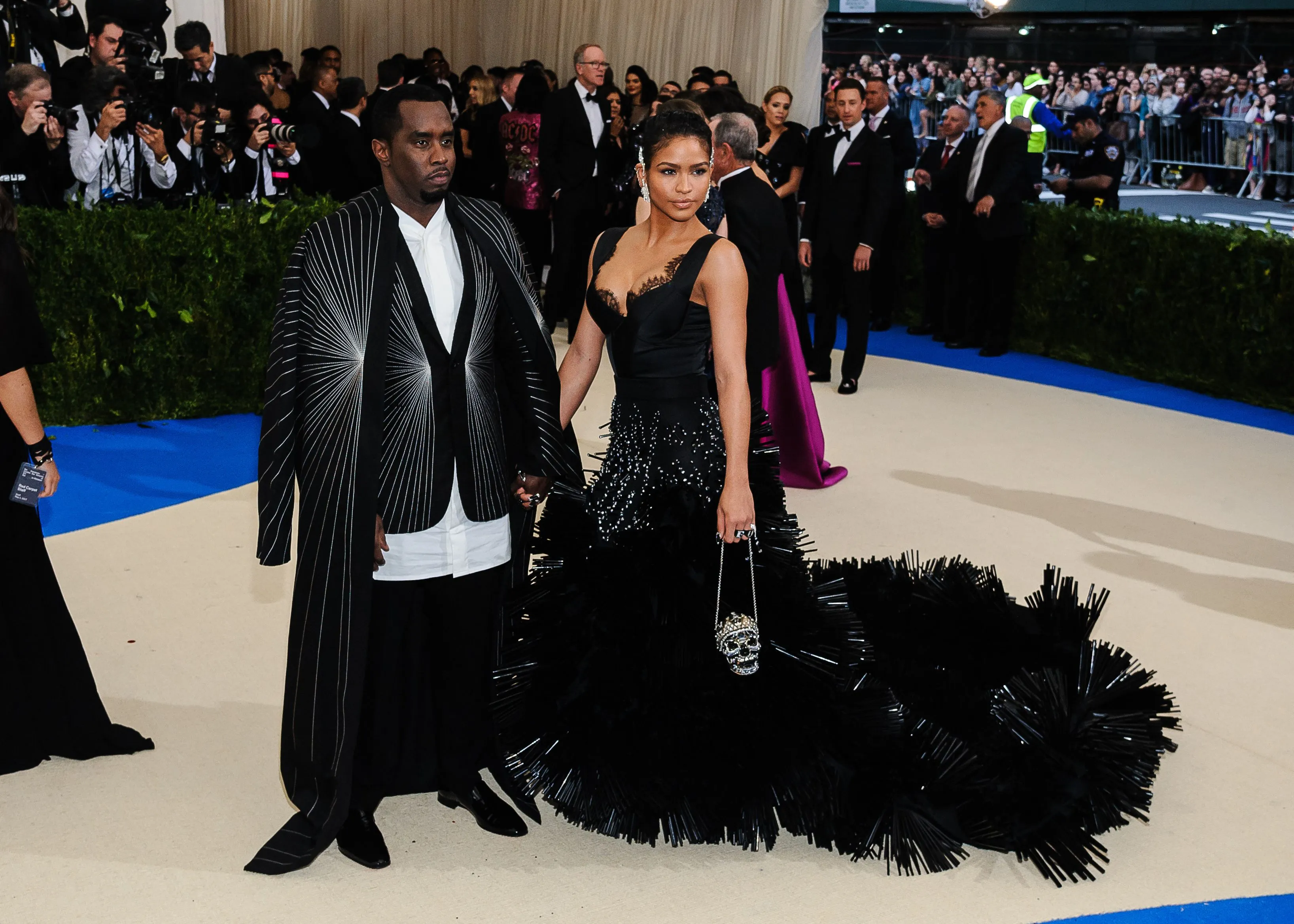Europees CO2-emissiehandelssysteem: 'We weten niet wat het kost en we weten niet of het werkt'
The two basic questions with any purchase. How much does it cost? Will it do the job? Jill Duggan is from the European Commissions Directorate General of Climate Action. She is the ECs National Expert on Carbon Markets and Climate Change. She was head of Britains International Emissions Trading. She is in Australia to tell us how good Europes emission trading system is and why we should do something similar. No one, therefore, should better know the answers to the two most basic questions about this huge scheme. The cost? The effect?. So on MTR yesterday, I asked them. Duggans utter inability to answer is a scandal - an indictment of global warming politics today.= (listen here):
AB: Can I just ask; your target is to cut Europes emissions by 20% by 2020?
JD: Yes.
AB: Can you tell me how much - to the nearest billions - is that going to cost Europe do you think?
JD: No, I cant tell you but I do know that the modelling shows that its cheaper to start earlier rather than later, so its cheaper to do it now rather than put off action.
AB: Right. You wouldnt quarrel with Professor Richard Tol - whos not a climate sceptic - but is professor at the Economic and Social Research Institute in Dublin? He values it at about $250 billion. You wouldnt quarrel with that?
JD: I probably would actually. I mean, I dont know. Its very, very difficult to quantify. You get different changes, dont you? And one of the things thats happening in Europe now is that many governments - such as the UK government and the German government - would like the targets to be tougher because they see it as a real stimulus to the economy.
AB: Right. Well you dont know but you think it isnt $250 billion.
JD: I think you could get lots of different academics coming up with lots of different figures.
AB: Thats right. You dont know but thats the figure that Ive got in front of me. For that investment. Or for whatever the investment is. Whats your estimation of how much - because the object ultimately of course is to lower the worlds temperatures - what sort of temperature reduction do you imagine from that kind of investment?
JD: Well, what we do know is that to have an even chance of keeping temperature increases globally to 2°C - so thats increases - youve got to reduce emissions globally by 50% by 2050.
AB: Yes, I accept that, but from the $250 billion - or whatever you think the figure is - what do you think Europe can achieve with this 20% reduction in terms of cutting the worlds temperature? Because thats, in fact, whats necessary. What do you think the temperature reduction will be?
JD: Well, obviously, Europe accounts for 14% of global emissions. Its 500 or 550 million people. On its own it cannot do that. That is absolutely clear.
AB: Have you got a figure in your mind? You dont know the cost. Do you know the result?
JD: I dont have a cost figure in my mind. Nor, one thing I do know, obviously, is that Europe acting alone will not solve this problem alone.
AB: So if I put a figure to you - I find it odd that you dont know the cost and you dont know the outcome - would you quarrel with this assessment: that by 2100 - if you go your way and if youre successful - the worlds temperatures will fall by 0.05°C? Would you agree with that?
JD: Sorry, can you just pass that by me again? Youre saying that if Europe acts alone?
AB: If just Europe alone - for this massive investment - will lower the worlds temperature with this 20% target (if it sustains that until the end of this century) by 0.05°C. Would you quarrel with that?
JD: Well, I think the climate science would not be that precise. Would it?
AB: Ah, no, actually it is, Jill. You see this is what Im curious about; that youre in charge of a massive program to re-jig an economy. You dont know what it costs. And you dont know what itll achieve.
JD: Well, I think you can look at lots of modelling which will come up with lots of different costs.
AB: Well whats your modelling? Thats the one that everyones quoting. Whats your modelling?
JD: Well, ah, ah. Let me talk about what we have done in Europe and what we have seen as the benefits. In Europe, in Germany you could look at, theres over a million new jobs that have been created by tackling climate change, by putting in place climate policies. In the UK theres many hundreds of thousand of jobs.


